
Become a member
Join today and help protect nature, beauty and history – for everyone, for ever. Enjoy access to more than 500 places with National Trust membership.
Spectacular and varied lakeland landscape around Derwent Water
near Keswick, Cumbria
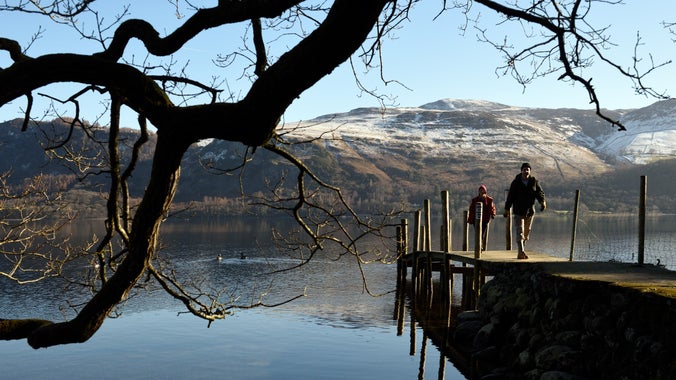
| Asset | Opening time |
|---|---|
| Countryside | Open all day |
We have several car parks in the Borrowdale valley, all ideal starting points for a new adventure so why not try somewhere new? Parking is pay and display, free for members. Each time you scan your membership card, general funds get re-directed to help look after the Borrowdale valley.
Come and get a great cup of organic coffee and a cake at locally owned Moon and Sixpence. Ideally located near Crow park as you start your walk along Derwent water.
Dogs are welcome to our outdoor properties but please keep them under close control to protect stock and wildlife. Take a look at our Canine Code and enjoy a great day out with your pup!
Accessible path to Friar's Crag, Bowder Stone and boardwalk at southern end of Derwent Water. Accessible toilet at Seatoller, Rosthwaite and Watendlath.
There are nine National Trust car parks in Borrowdale and Derwent Water to choose from. Find out how to find them and how much parking costs.

Helpful tips and ideas for the perfect day out in Borrowdale and Derwent Water with the whole family
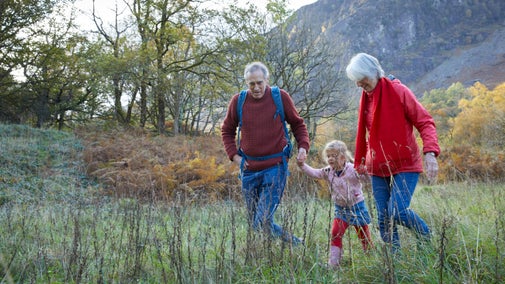
Borrowdale and Derwent Water has a one paw print rating. Find out all you need to know about bringing your furry side-kick on an adventure around the lake shore, in the valleys and up the fells.

Find out more about how to prepare for climbing Scafell Pike if you are starting from Borrowdale while taking into account the required safety procedures.
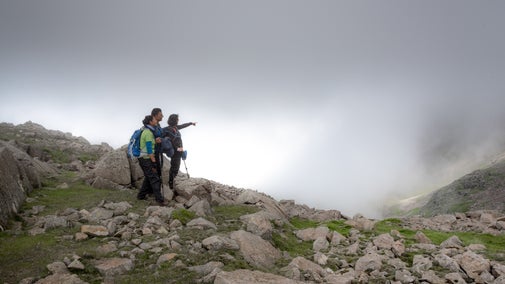
Find out what events we have coming up in Borrowdale and Derwent Water
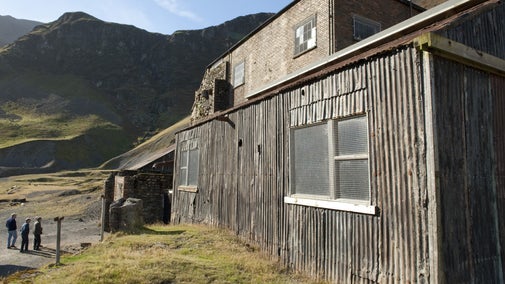
A house-sized boulder balanced inexplicably on its side. Climb the ladder to the top of this Georgian tourist attraction.
Protected and internationally significant ancient Atlantic oak woodland. Spot lichens, fungi and red squirrels from waymarked walks.
The birthplace of the National Trust in the Lake District and home of the cupped hands sculpture Entrust, by the lakeshore.
Lakeshore viewpoint looking across to the jaws of Borrowdale, a short walk from Keswick boat landings and the 100 years stone.
Most photographed view in the Lake District – traditional packhorse bridge a short stroll from Surprise View, overlooking Derwent Water.
Right on the shores of Derwent Water and a short walk from Keswick town centre, Crow park is the ideal spot for a relaxing picnic with lakeside views.
The last mineral mine to be worked in the Lake District. Visit the processing mill on bookable open days.
Drinks, snacks and ice creams available on Derwent Water lakeshore by the boat landings. Just a five-minute walk from Keswick.
Take in the views from Friar’s Crag and visit historic sculptures on a lakeside walk around Derwent Water or set off from Keswick to explore the surrounding woodlands and fells.
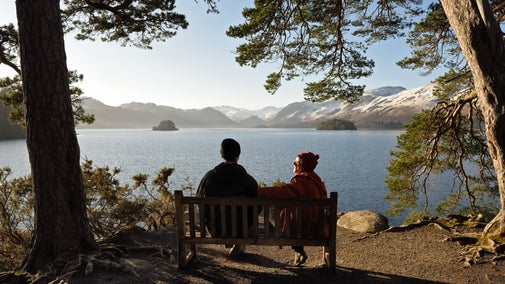
Discover the internationally significant ‘Atlantic oakwoods’ and Derwent Water which support a variety of rare species of plants and animals, including the red squirrel and vendace.
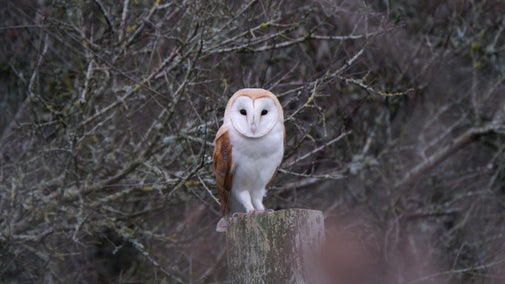
Discover the top things to see and do during your visit, including scenic walks, ancient woodlands, far-reaching views and famous Lakeland highlights such as the Bowder Stone

A short circular accessible route along Derwent Water lakeshore through Cockshot Wood
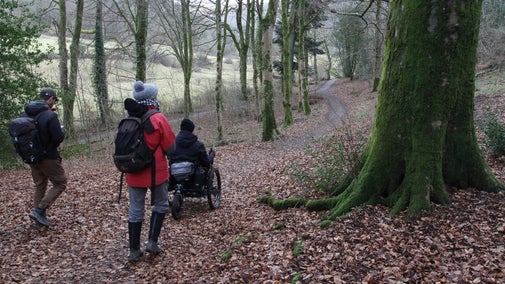
An out-and-back accessible route along Derwent Water lakeshore to the viewpoint at Broomhill Point
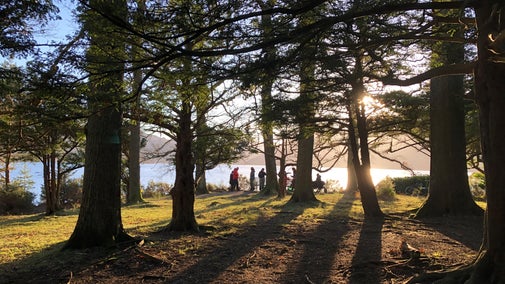
Take to the water for a spot of canoeing, paddleboarding or paddling. The islands of Derwent Water are waiting to be discovered
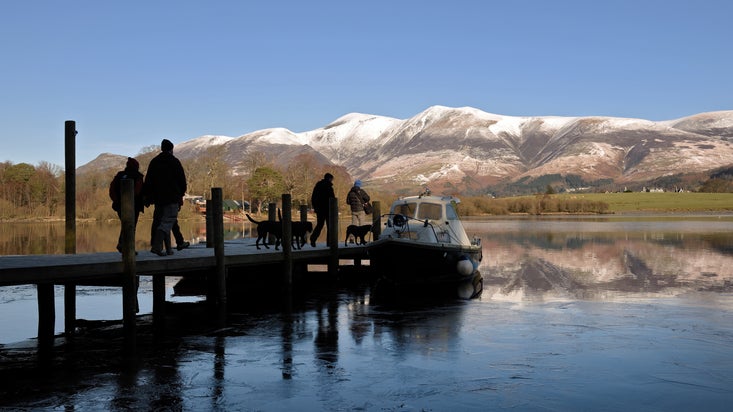
Along this favourite walk that takes you to a Borrowdale gem, the hamlet of Watendlath, you'll discover oak woodland, two tarns (mountain ponds) and stunning Lakeland views.
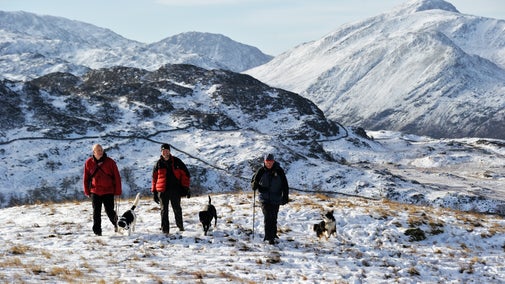
If you would like to climb Castle Crag in a more civilised way, try this walk that also provides great views across the valley.

Enjoy a relaxing amble through parkland at Brandelhow and along the quiet side of Derwent Water, following in the footsteps of National Trust co-founder Octavia Hill.

An invigorating circular walk takes you from Seathwaite into the heart of the Lakeland fells, with peaceful tarns to picnic by and views of Great End and Great Gable.
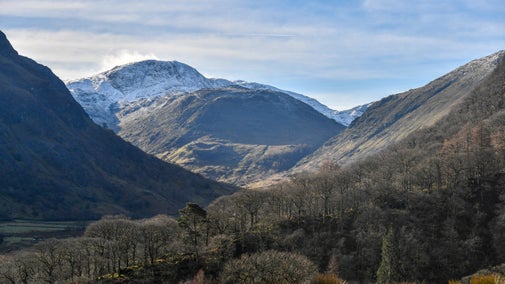
Explore the land around Thorneythwaite Farm to learn about Lake District hill farming, then climb to see a hidden valley and waterfall cascading below Coombe Crag.

From High Brandelhow jetty, follow this gentle walk to Peace How – a hill dedicated to providing tranquility after the First World War, with views to Derwent Water and Castle Crag.
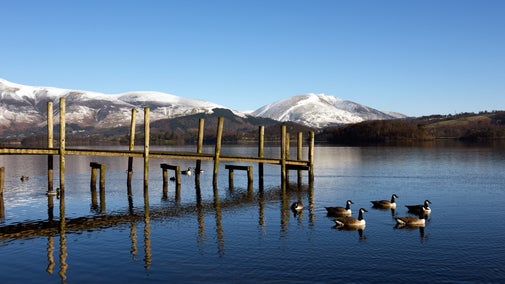
This walk takes you through the timeless beauty of the Borrowdale landscape and up to magnificent viewpoints which are spectacular in every season.

Discover more about the origins of Borrowdale on the Borger Dalr geology walk. If you are lucky, you may even see a red squirrel too.


An impressive 18th-century carding mill, now a large six-bedroom escape perfect for family get-togethers.

Period features throughout in this spacious farmhouse on the shores of Loweswater.

A ‘stone tent’ warmed by a log-burner, set just metres from the shores of Loweswater.
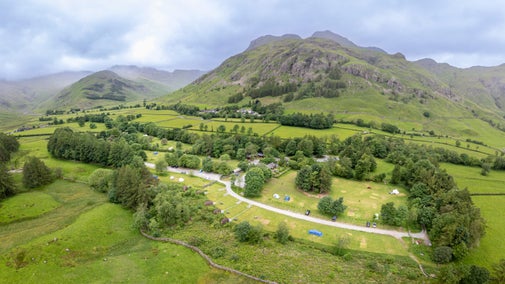
In the dramatic Langdale valley, a natural playground of trails, summits, waterfalls and small lakes, all accessible on foot.

A mile from Wastwater, close to challenging bike trails and Scafell Pike, England’s tallest mountain.

An inspiring spot looking out over Langdale Valley with Arts and Crafts influenced detail inside.
Come and enjoy a day out in the Borrowdale Rainforest National Nature Reserve to help us with coppicing and take home some wood for gardening stakes, firewood or whatever you like.
Derwent Water is often called the 'Queen of the Lakes', and as you canoe along the shore with your camera at the ready it's easy to see why. As Borrowdale winds the 7 miles from Keswick to Seathwaite, there are eight National Trust car parks from which you can start your adventure into the fells.
At the south end of Derwent Water, the boardwalk across the wetlands makes the 9-mile circular waymarked walk around the lake a very pleasant leg stretch, with the chance to see otters and wetland birds if you're lucky. With trails through the Atlantic Oakwoods or up into the jaws of Borrowdale, the valley has something for everyone. And don't miss Force Crag Mine - a hidden gem at the foot of a waterfall in Coledale near Braithwaite.
The Bowder Stone, Borrowdale Yews and Castlerigg stone circle have stood watching the Borrowdale valley evolve around them. Discover the history of these ancient residents.
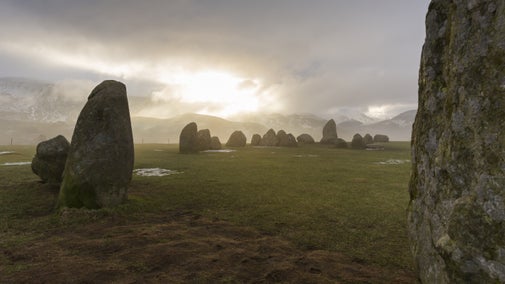
Learn about the traditional farming practices in the Lake District and how the National Trust works with farm tenants to restore vital habitats, protect wildlife and support quality local produce.

From conservation projects and protecting archaeological features to improving the experience of visitors or laying hedgerows, our work at this special place is rich and varied.

Find out more about the work we are doing to look after the Borrowdale Temperate Rainforest and why it has been declared a new National Nature Reserve.

Find out more about the work the National Trust is doing with local partners, tenant farmers and other landowners in the area to help restore Cumbria's rivers.

Did you know that along with farmers and other commoners, we look after approximately 16,000 hectares of common land in the North and West Lake District? This includes the Derwent common in the Borrowdale valley. Click here to learn more about the Upland Commons Project, the history of commoning and what we are doing to make sure these important stretches of land continue to support people, livestock and wildlife as they have done for centuries.

The Derwent Invasives Partnership was set up in 2022 to better coordinate the invasive non-native species management, prevention and awareness raising efforts of partners across the Derwent Catchment including the National Trust and the West Cumbria Rivers Trust. Learn more about what we are doing to look after our waterways and wetlands here.

Help us to care for it's many important habitats, including the rainforest, peatlands, uplands and meadows so that nature and people can thrive.
Search for live volunteering opportunities, or register your interest with Borrowdale and Derwent Water.


Join today and help protect nature, beauty and history – for everyone, for ever. Enjoy access to more than 500 places with National Trust membership.
By sharing your email address you’re agreeing to receive marketing emails from the National Trust and confirm you’re 18 years old or over. Please see our for more information on how we look after your personal data.